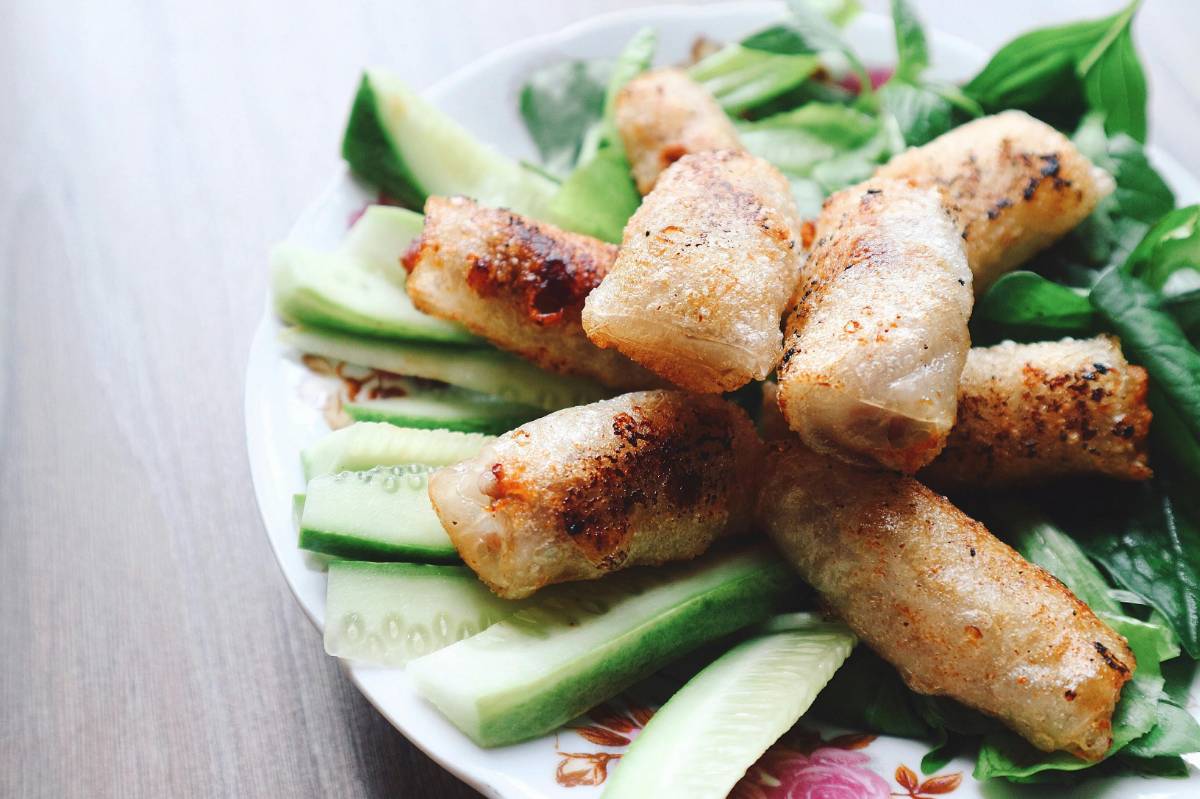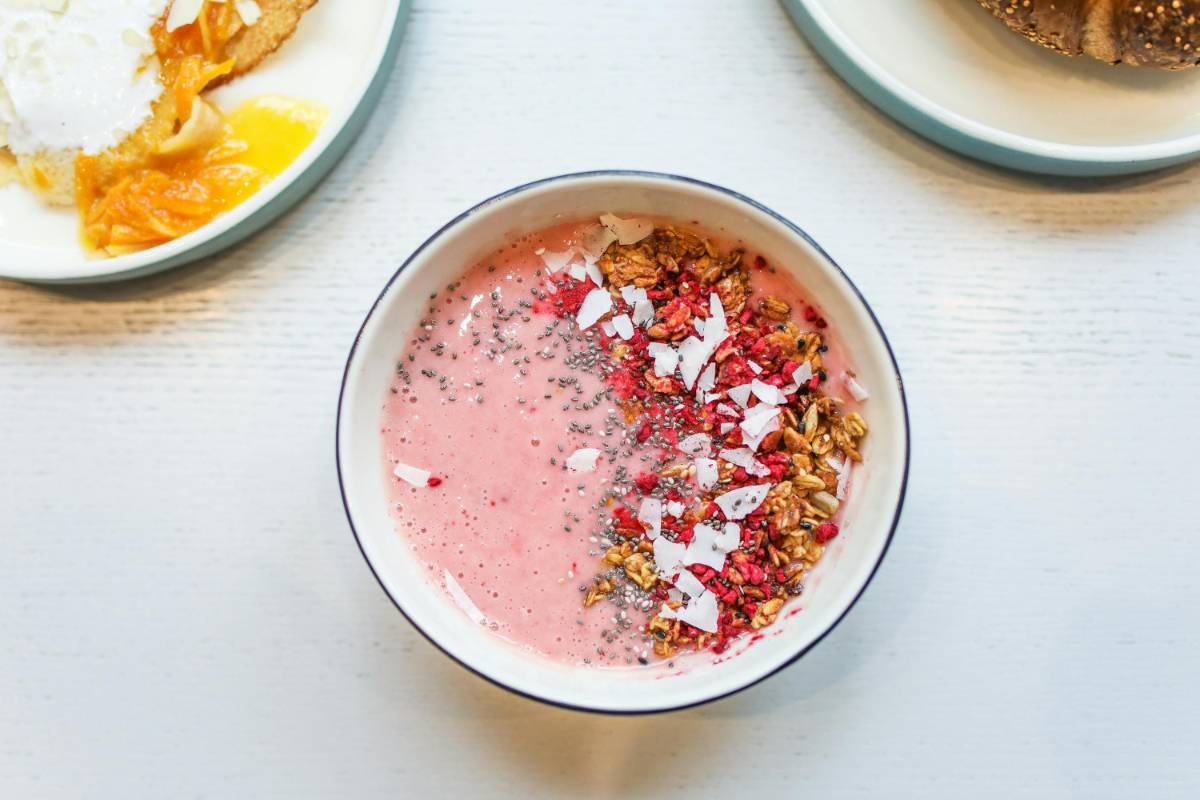Top Fiber-Rich Foods to Add to Your Diet

2 min read
|22 Oct 2025Incorporating fiber-rich foods into your diet is essential for maintaining digestive health, managing weight, and supporting overall well-being. Fiber, a type of carbohydrate found in plant-based foods, aids in digestion, helps regulate blood sugar levels, and promotes a healthy gut. If you’re looking to increase your fiber intake, consider adding the following top fiber-rich foods to your meals and snacks.
Fruits
Fruits are not only delicious but also packed with fiber. Here are some of the best options:
Apples: Apples are a great source of soluble fiber, particularly pectin. One medium apple contains about 4 grams of fiber.
Pears: Pears, especially when eaten with the skin on, are high in fiber. A medium pear offers around 5.5 grams of fiber.
Berries: Berries like raspberries, blackberries, and strawberries are rich in fiber and antioxidants. For example, one cup of raspberries contains about 8 grams of fiber.
Vegetables
Vegetables provide a wide range of nutrients and are excellent sources of fiber. Incorporate these vegetables into your diet:
Broccoli: Broccoli is high in both soluble and insoluble fiber. One cup of cooked broccoli offers around 5 grams of fiber.
Carrots: Carrots are a versatile vegetable that provides about 4 grams of fiber per cup. They can be eaten raw, cooked, or added to various dishes.
Sweet Potatoes: Sweet potatoes are rich in fiber and essential nutrients. One medium sweet potato provides around 4 grams of fiber.
Legumes
Legumes are among the best sources of dietary fiber and can be included in a variety of meals:
Lentils: Lentils are packed with fiber and protein. One cup of cooked lentils contains about 15.6 grams of fiber.
Chickpeas: Chickpeas, or garbanzo beans, are another excellent source of fiber. One cup of cooked chickpeas provides about 12.5 grams of fiber.
Black Beans: Black beans are rich in fiber and can be used in salads, soups, and stews. One cup of cooked black beans offers around 15 grams of fiber.
Whole Grains
Whole grains are an important part of a fiber-rich diet. They provide sustained energy and support digestive health:
Oats: Oats are an excellent source of soluble fiber, which helps to regulate blood sugar and cholesterol levels. One cup of cooked oats contains about 4 grams of fiber.
Quinoa: Quinoa is a complete protein and a good source of fiber. One cup of cooked quinoa offers around 5 grams of fiber.
Brown Rice: Brown rice is a whole grain that provides about 3.5 grams of fiber per cup of cooked rice. It’s a great alternative to white rice.
Nuts and Seeds
Nuts and seeds are not only nutritious but also provide a good amount of fiber. Try incorporating these into your diet:
Chia Seeds: Chia seeds are incredibly high in fiber. Two tablespoons of chia seeds contain about 10 grams of fiber.
Almonds: Almonds are a healthy snack option that provides about 3.5 grams of fiber per ounce.
Flaxseeds: Flaxseeds are rich in fiber and omega-3 fatty acids. One tablespoon of ground flaxseeds offers about 2.8 grams of fiber.
Tips for Incorporating Fiber-Rich Foods
To maximize the benefits of fiber, aim to include a variety of these fiber-rich foods in your diet. Here are some tips:
Start Your Day with Fiber: Begin your day with a high-fiber breakfast, such as oatmeal topped with berries or a smoothie made with spinach and chia seeds.
Snack Wisely: Choose fiber-rich snacks like raw vegetables, nuts, or fruit to keep you full and satisfied throughout the day.
Add Beans to Meals: Incorporate legumes like lentils or chickpeas into soups, salads, and stews for an extra fiber boost.
Opt for Whole Grains: Replace refined grains with whole grains in your meals. Choose whole-grain bread, pasta, and rice to increase your fiber intake.
In Conclusion
Adding fiber-rich foods to your diet is a simple yet effective way to support digestive health and overall well-being. Fruits, vegetables, legumes, whole grains, and nuts are all excellent sources of dietary fiber that can be easily incorporated into various meals and snacks. By including these foods in your diet and following the tips provided, you can enjoy the many health benefits that fiber has to offer and maintain a balanced and nutritious diet.
MORE ARTICLES

2 min read | 18 Oct 2025
How Flexibility Training Can Enhance Strength Workouts
Flexibility training is often seen as a separate component of fitness, primarily focused on improving range of motion and reducing muscle stiffness. However, incorporating flexibility training into your routine can have significant benefits for strength workouts. In this article, we will explore how enhancing flexibility can improve your strength training, leading to better performance and reduced risk of injury.

3 min read | 17 Oct 2025
Creating a Daily Stretching Routine for Better Mobility
Incorporating a daily stretching routine into your life can significantly enhance your mobility, flexibility, and overall physical well-being. Stretching regularly helps maintain muscle elasticity, improve range of motion, and reduce the risk of injuries. This article will guide you through creating an effective daily stretching routine to achieve better mobility and support your overall fitness goals.

4 min read | 16 Oct 2025
Common Stretching Mistakes and How to Avoid Them
Stretching is a vital component of any fitness routine, contributing to improved flexibility, reduced muscle tension, and enhanced overall performance. However, many individuals make common stretching mistakes that can diminish the effectiveness of their stretches or even lead to injuries. In this article, we’ll identify common stretching mistakes and provide tips on how to avoid them to ensure a safe and effective stretching routine.

4 min read | 15 Oct 2025
Flexibility Routines for Athletes
Flexibility is crucial for athletes, as it enhances performance, reduces the risk of injuries, and aids in recovery. A well-designed flexibility routine can help athletes achieve better range of motion, improved muscle function, and overall physical balance. In this article, we’ll explore effective flexibility routines tailored for athletes, including key stretches and techniques to incorporate into your training regimen.

5 min read | 14 Oct 2025
How to Use Foam Rollers for Improved Mobility
Foam rolling is a popular technique used to enhance mobility, reduce muscle soreness, and improve overall muscle function. By using a foam roller, you can target specific areas of your body to relieve tension and increase flexibility. In this article, we’ll explore how foam rollers work, the benefits they offer, and tips for effectively incorporating them into your mobility routine.

3 min read | 13 Oct 2025
Incorporating Pilates into Your Flexibility Routine
Pilates is a versatile exercise method that focuses on strengthening the core, improving posture, and enhancing overall flexibility. By incorporating Pilates into your flexibility routine, you can achieve greater range of motion, balance, and strength. In this article, we’ll explore how Pilates can complement your flexibility routine, key exercises to include, and tips for getting the most out of your practice.
RECENT POSTS
1
Positive Affirmations for Weight Loss Success
3 min read | 25 Oct 20252
Understanding and Managing Emotional Triggers
5 min read | 24 Oct 20253
The Benefits of Keeping a Food Diary
4 min read | 23 Oct 20254
How to Deal with Temptations and Avoid Binge Eating
4 min read | 22 Oct 20255
The Role of Self-Monitoring in Weight Loss
3 min read | 21 Oct 20256
Mindful Eating: How to Eat with Awareness
3 min read | 20 Oct 2025MORE POSTS

The Impact of Sleep on Weight Loss and How to Improve It
2 min read | 16 Dec 2025
Healthy Snack Options That Support Weight Loss
2 min read | 15 Dec 2025
The Benefits of Intermittent Fasting for Weight Management
2 min read | 14 Dec 2025
How to Incorporate More Vegetables into Your Diet for Weight Loss
2 min read | 13 Dec 2025
Top 10 Weight Loss Myths Debunked
3 min read | 12 Dec 2025
